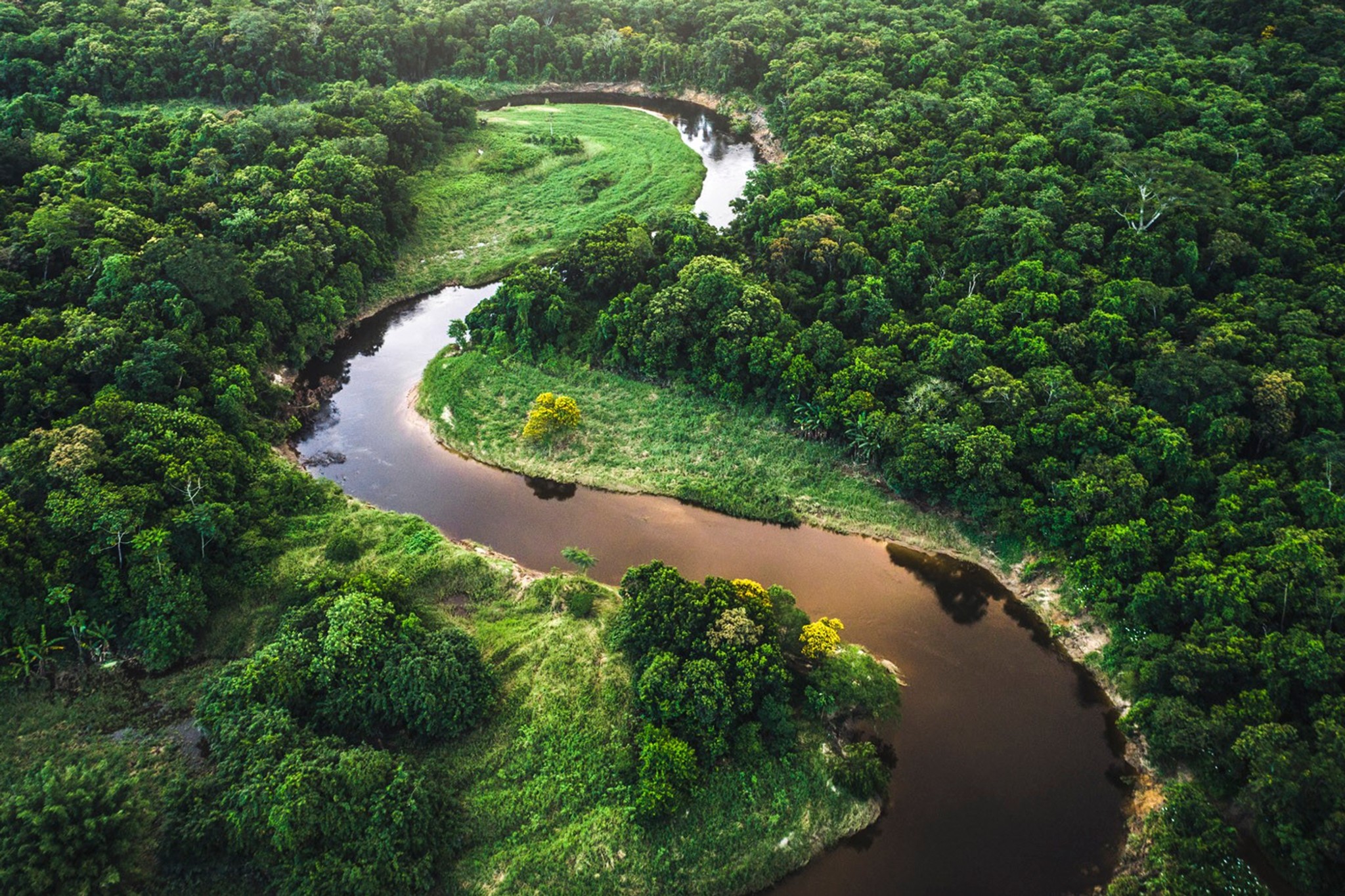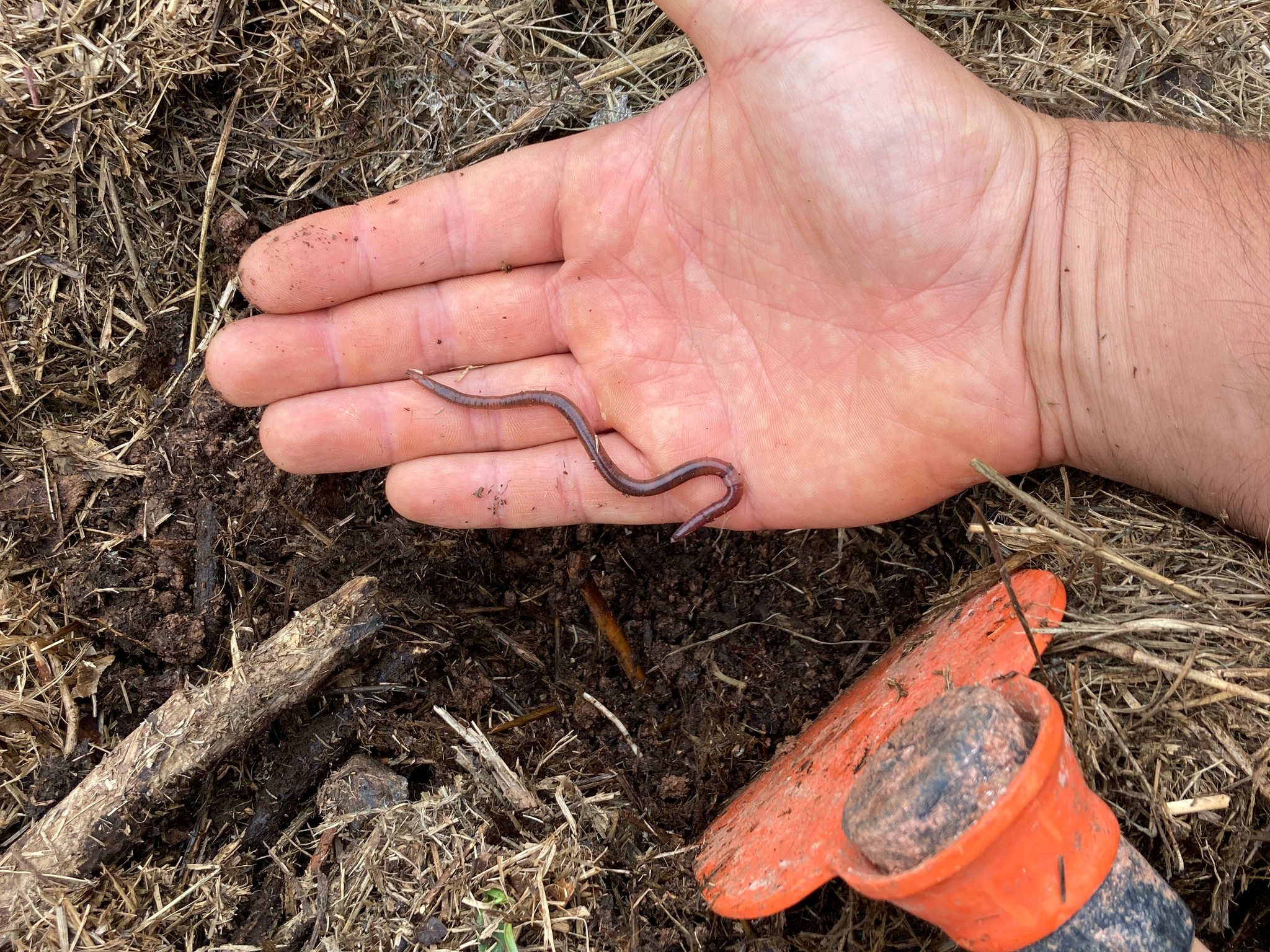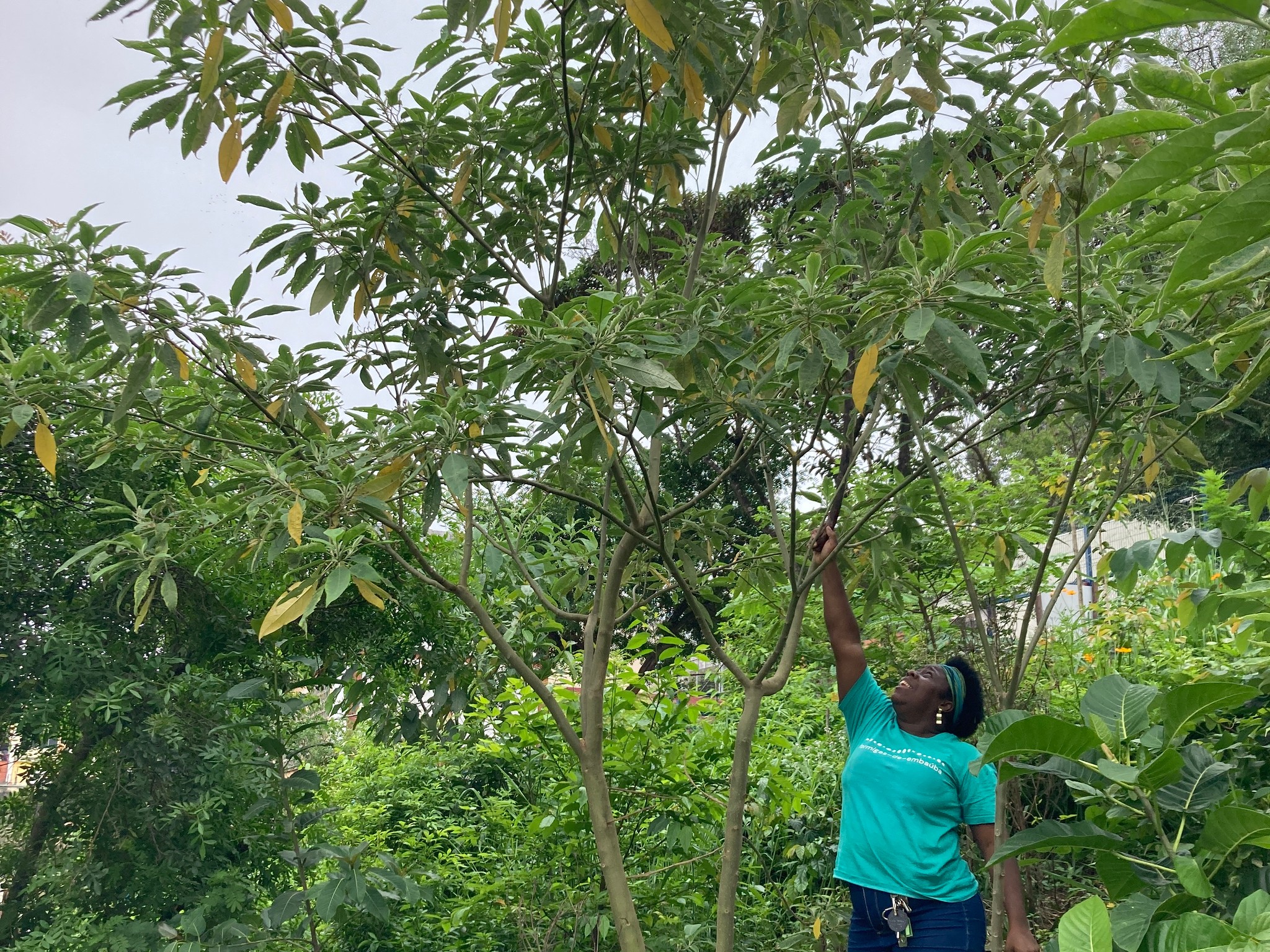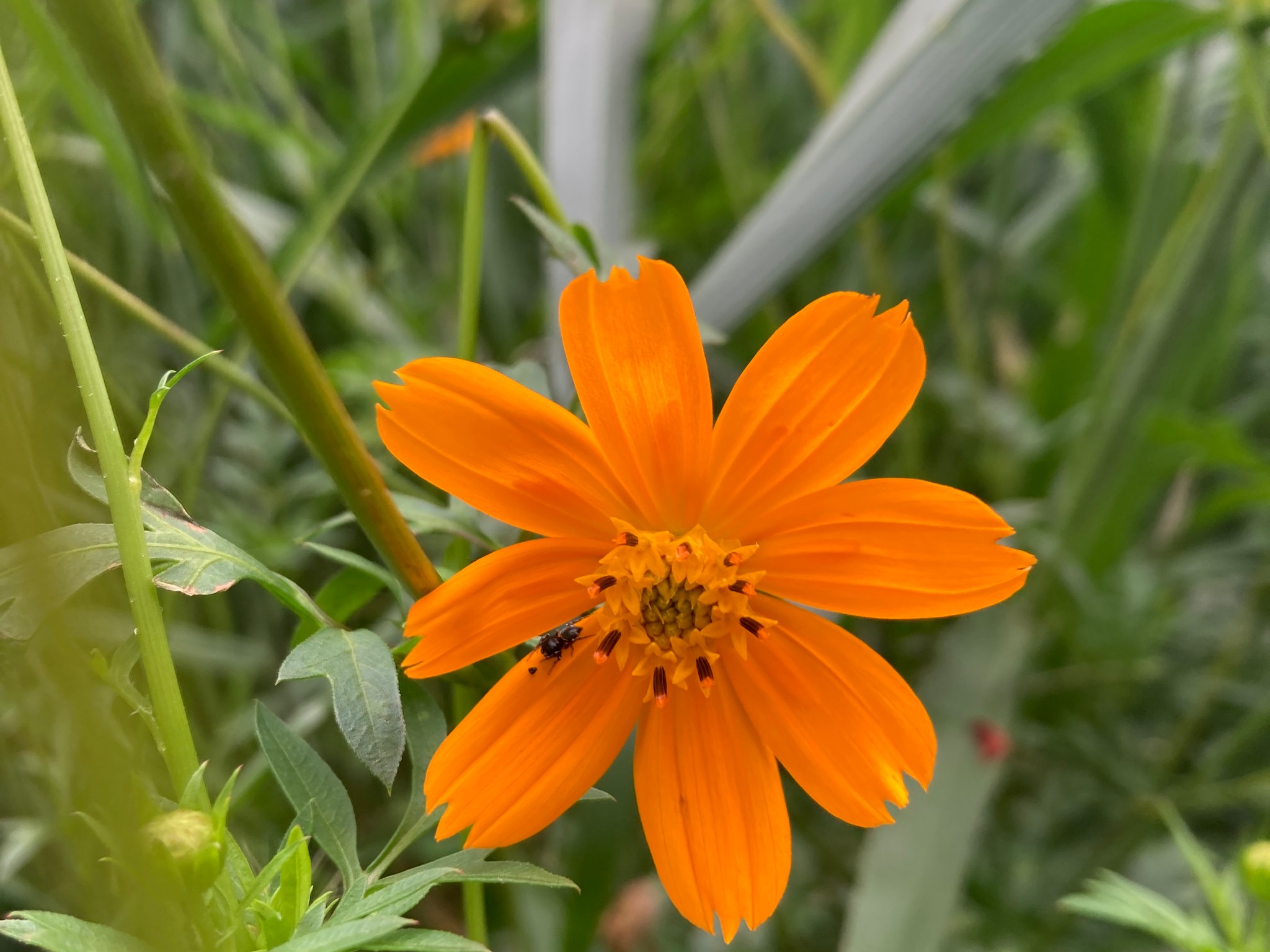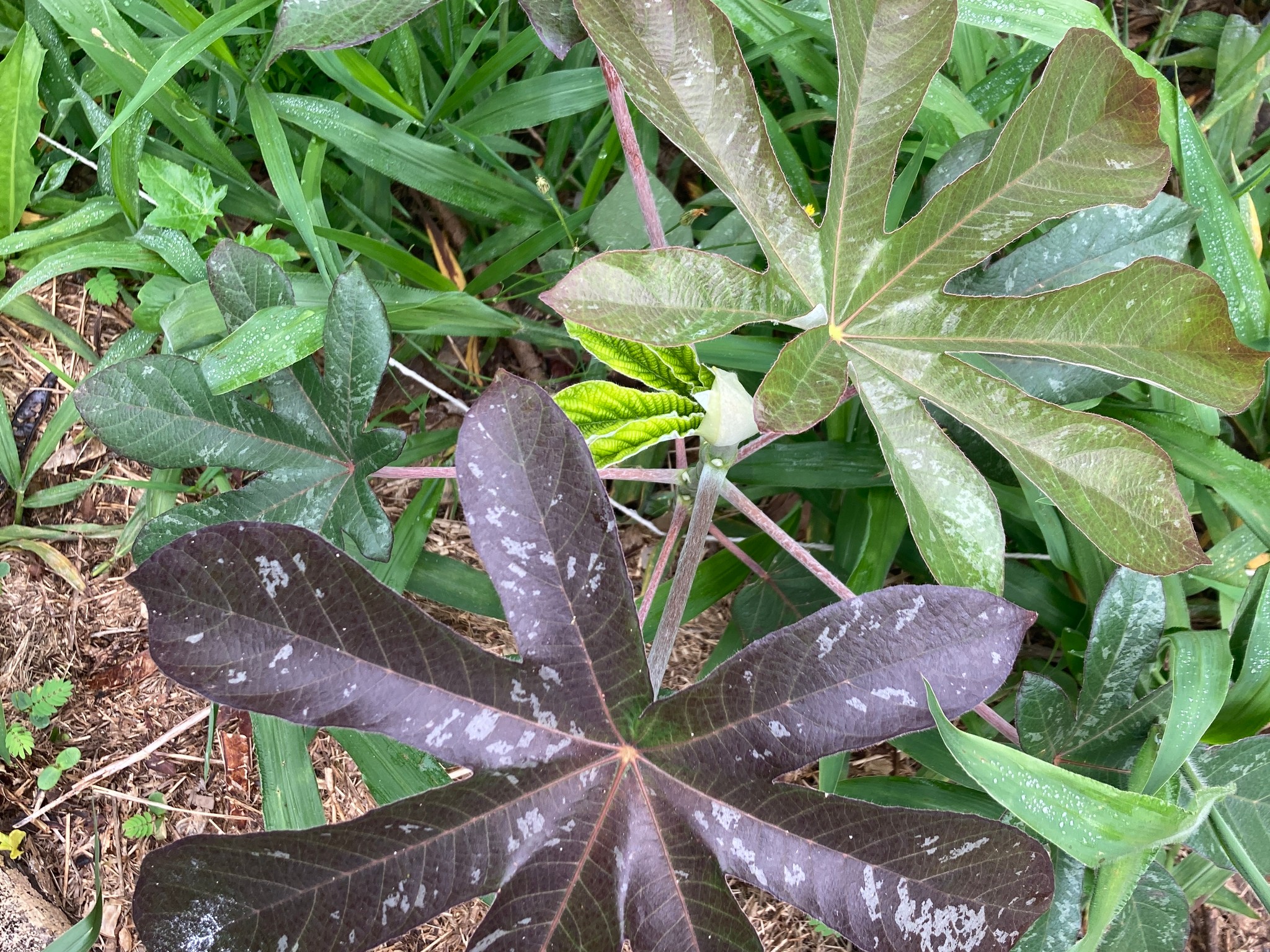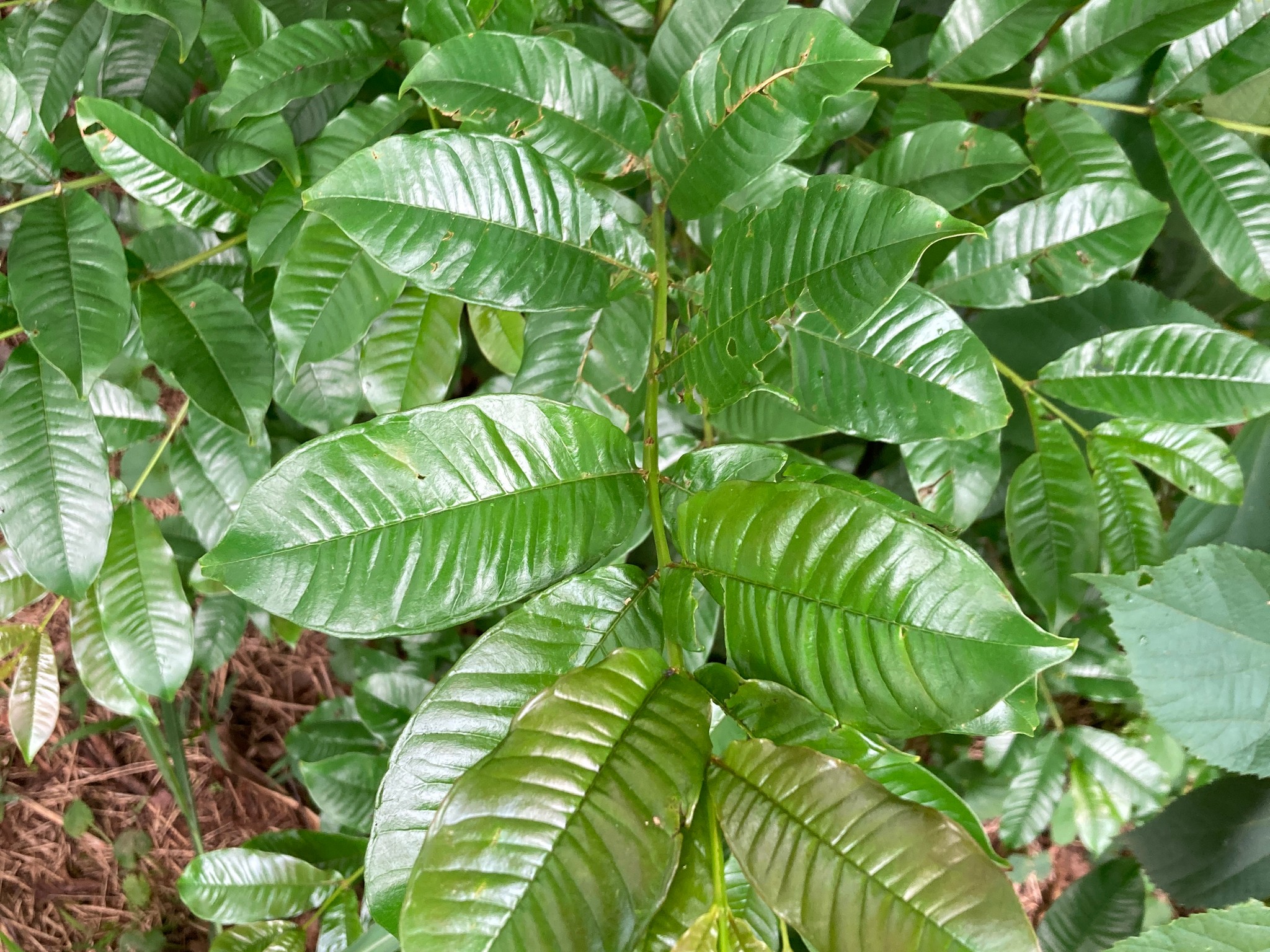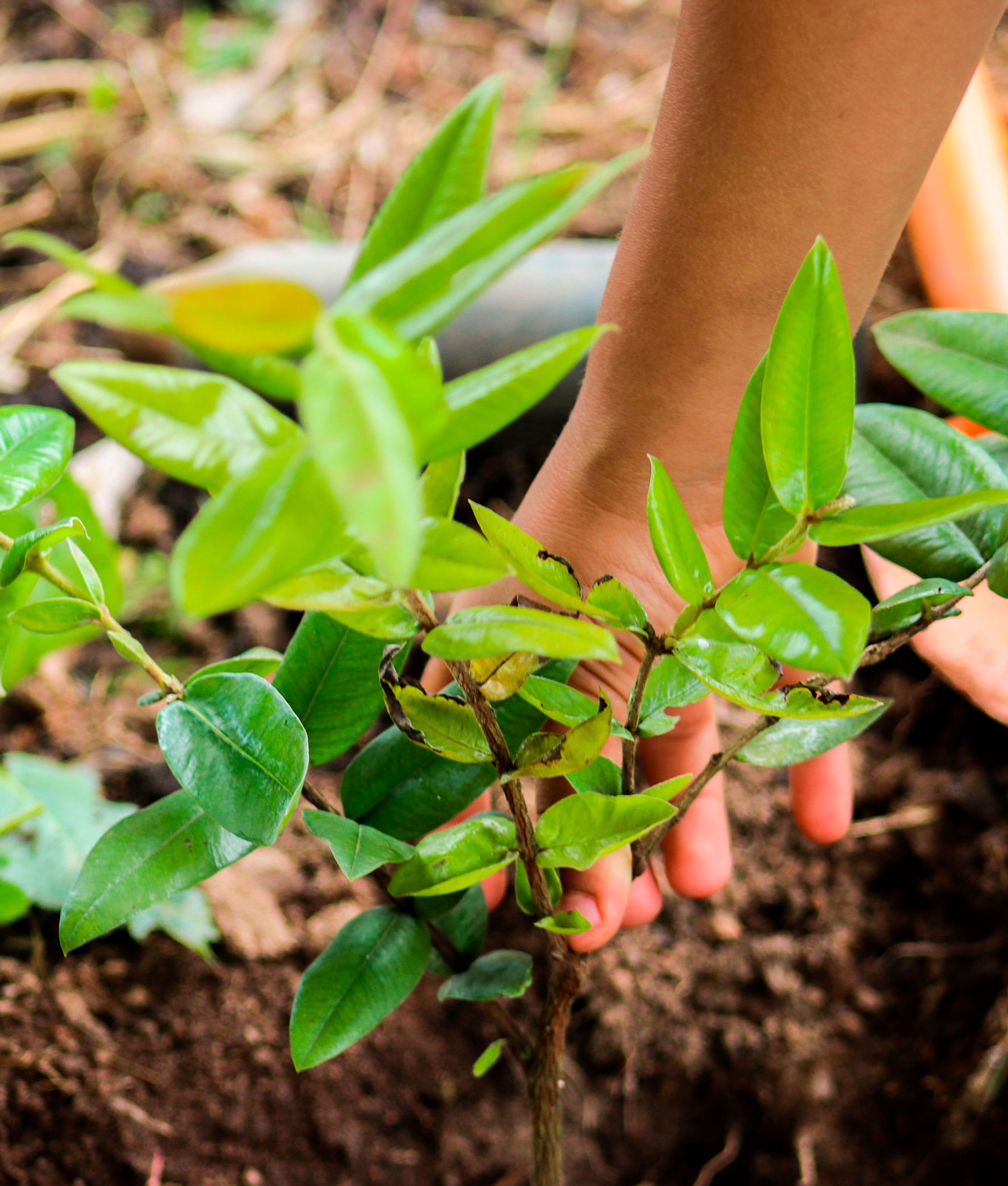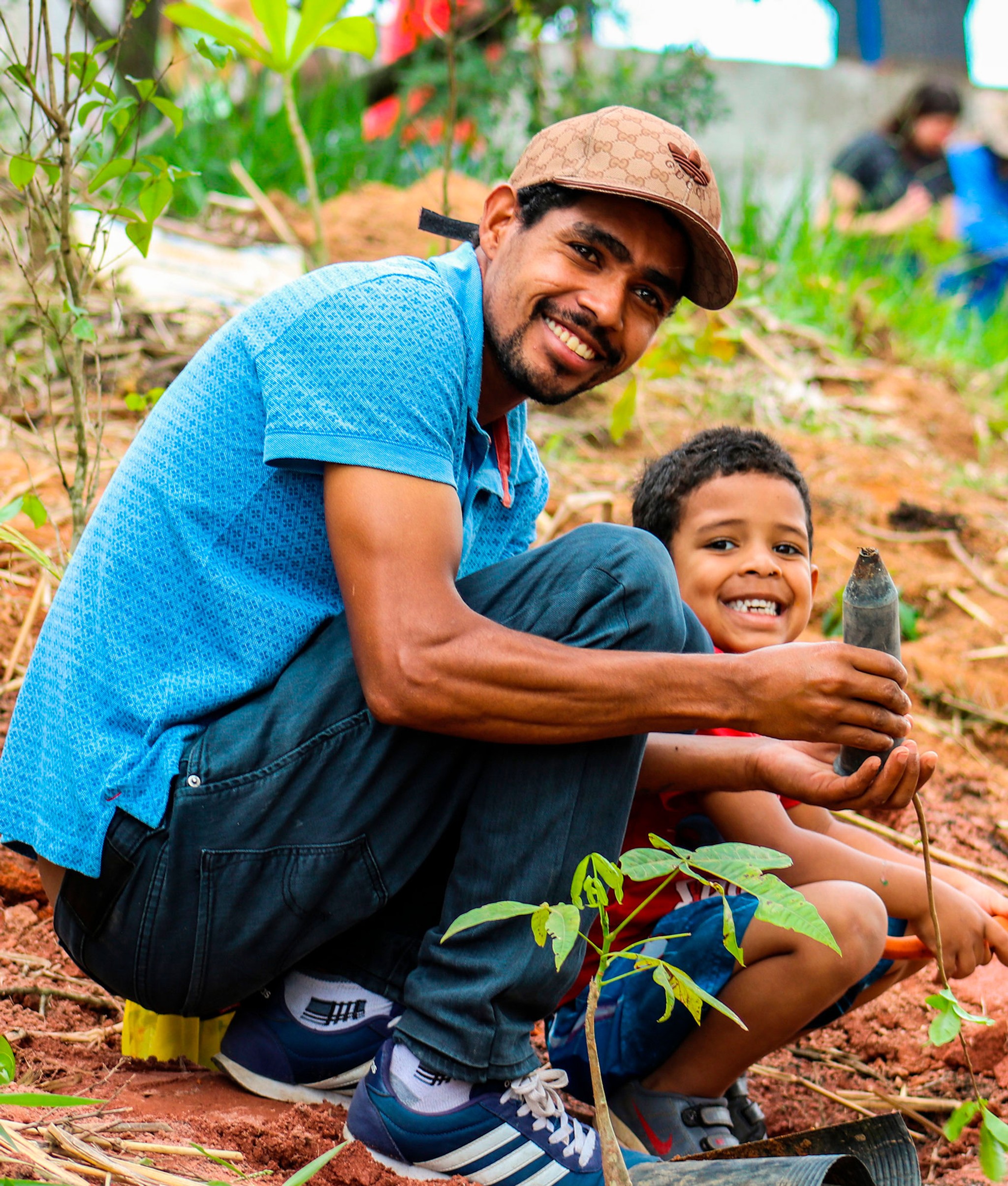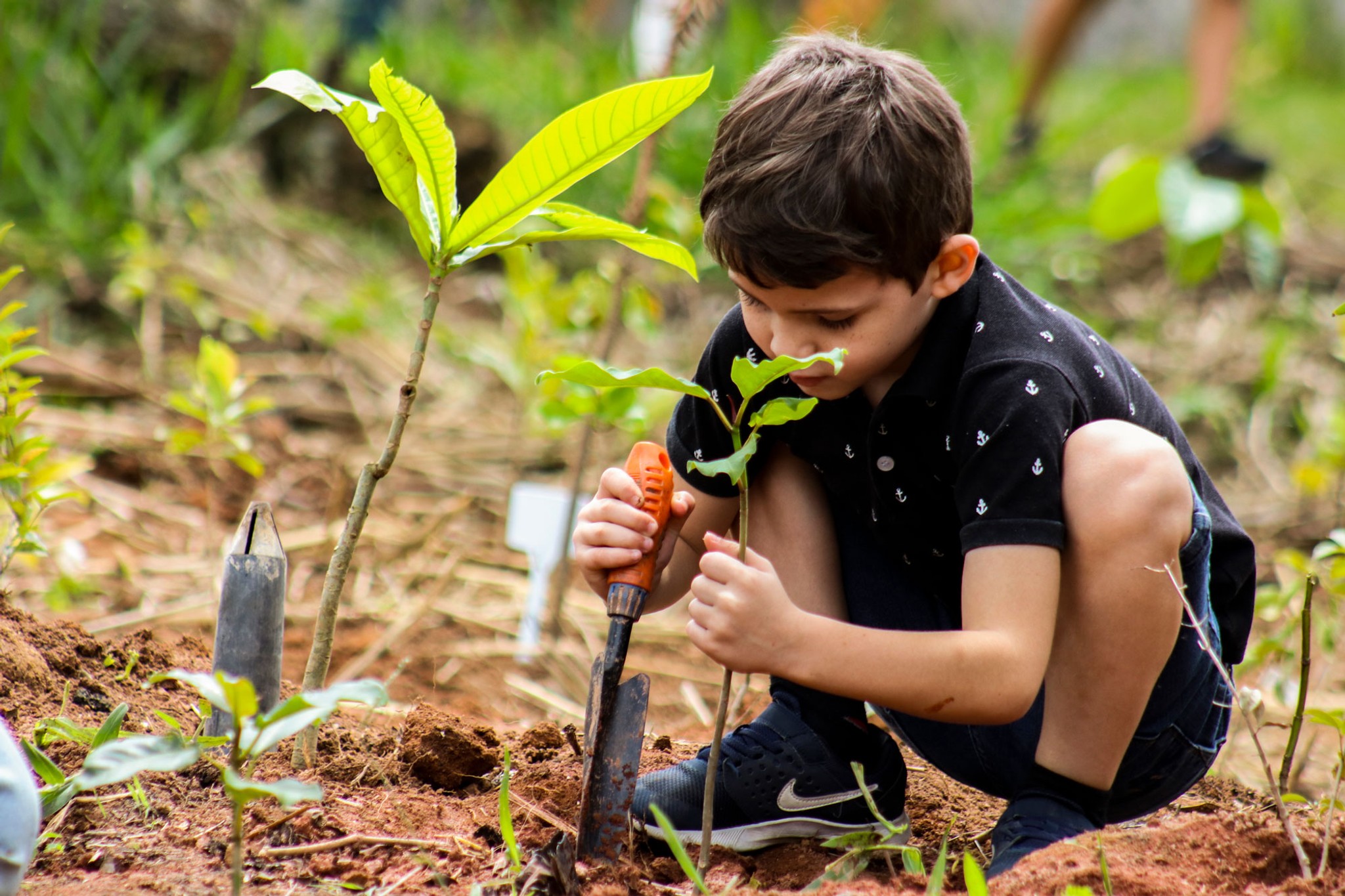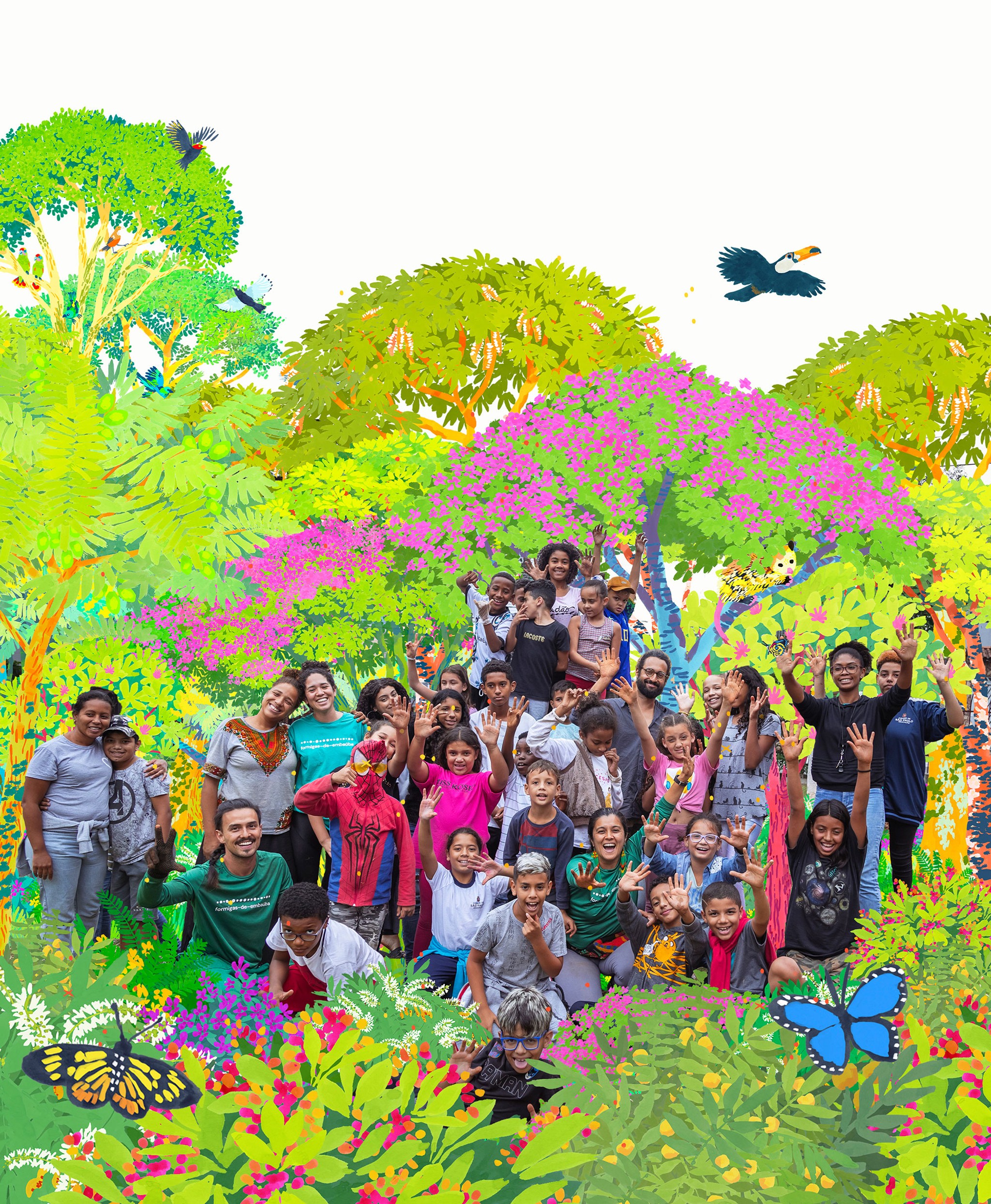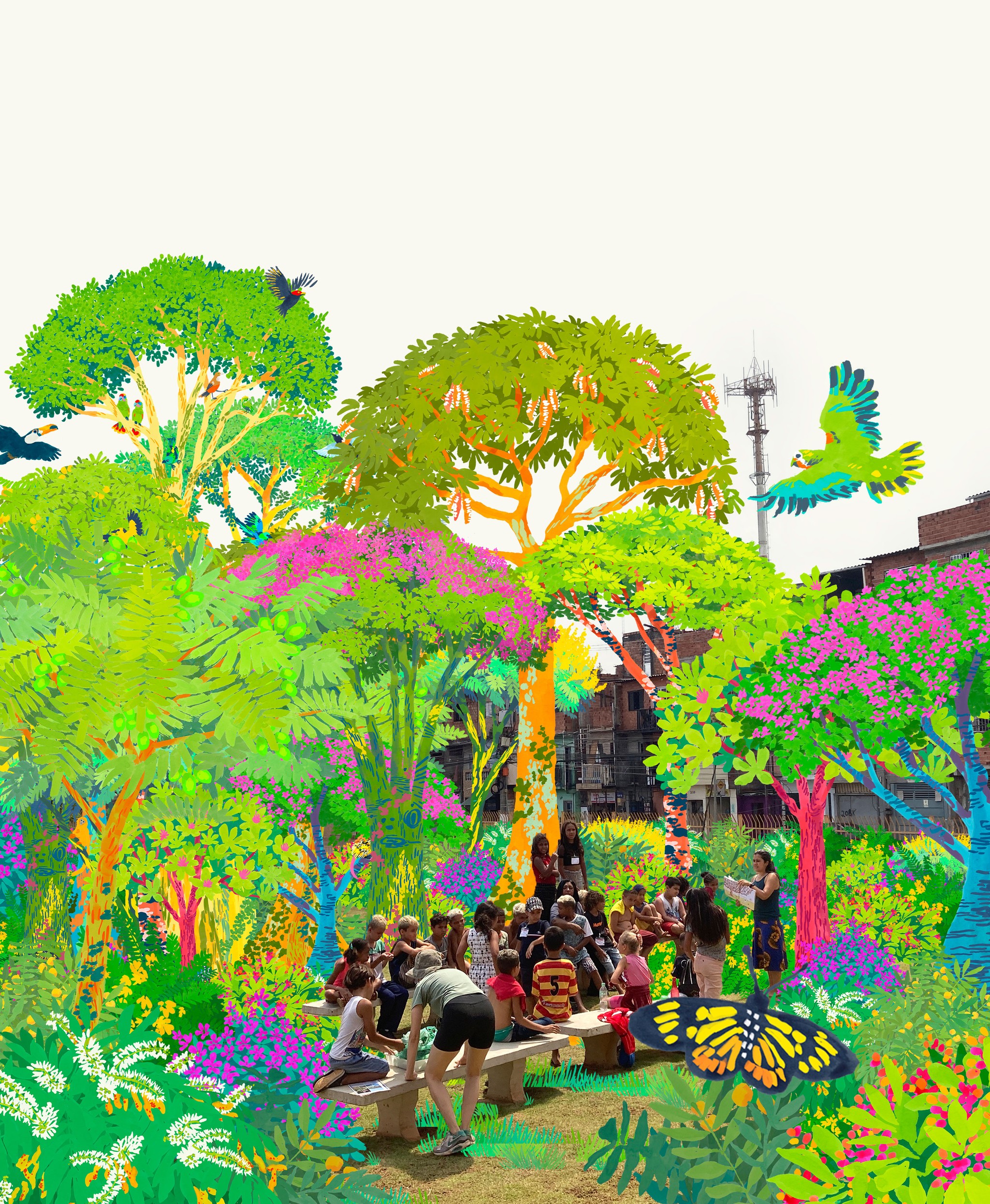Capão Redondo Forest
Restoring a pocket of Atlantic Forest for 3,000 students in São Paulo.
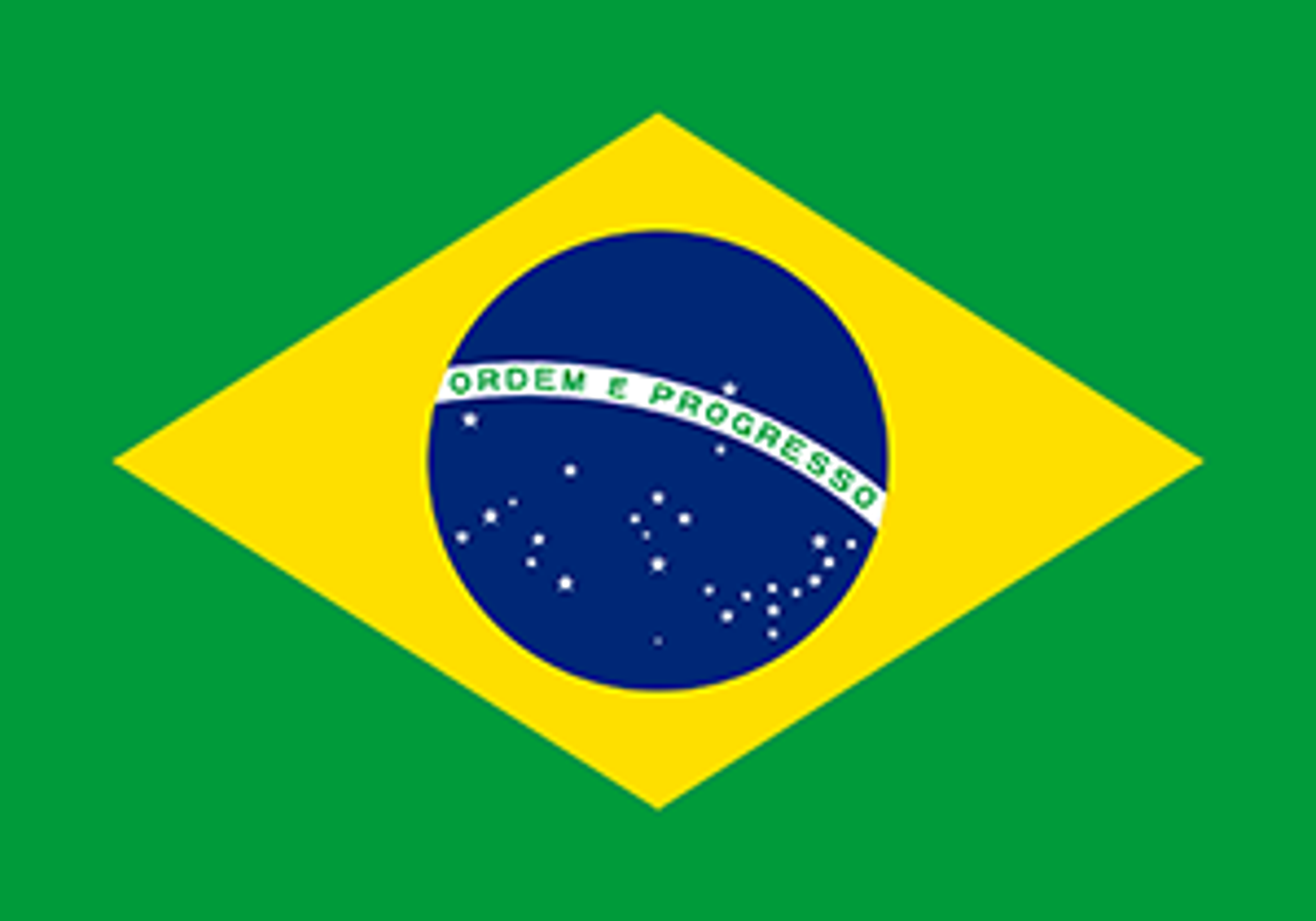
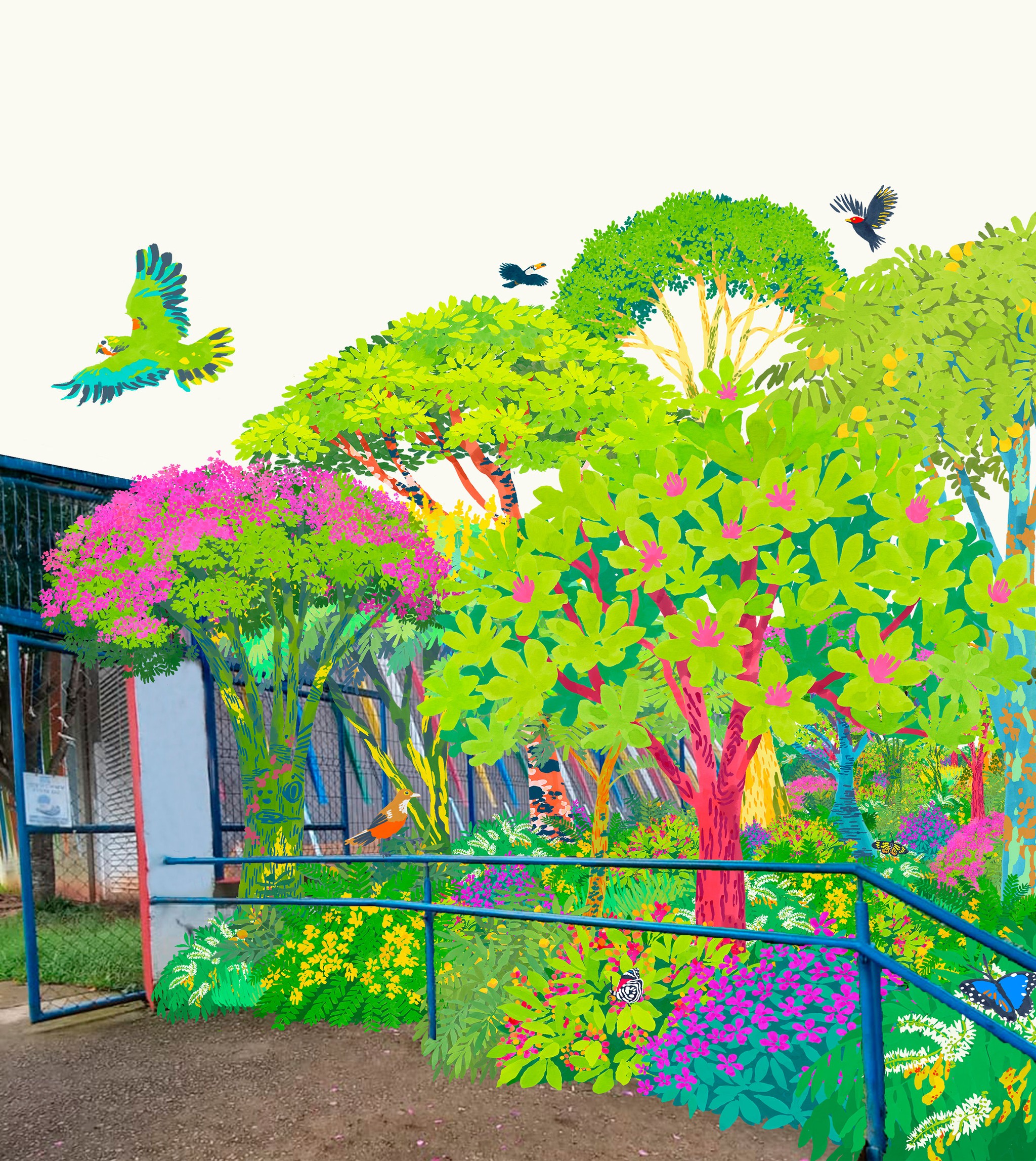
0
Trees
0
Square Meters
0
Native Species
0
Youth Impacted
Capão Redondo Forest is located in the Unified Educational Center (CEU) of the highly-urbanized and low income Capão Redondo neighborhood of São Paulo. In addition to being a cultural and sports center open to the local community, CEU Capão Redondo has 3 public schools serving almost 3,000 students aged 0 to 15 years old.
Capão Redondo Forest has restored a degraded patch of native Atlantic Forest, showing students and the local community how a biodiversity desert in an urban setting can be transformed into a thriving ecosystem once again. The creation of this forest also involved a 6-month participatory programme running alongside it, thereby amplifying the impact of the project. Among the species planted, there are several trees with edible fruits, which are largely unknown by young people today.
Capão Redondo Forest is one of a series of interventions made by Formigas de Embaúba across São Paulo. The continued expansion of this network of forests will connect single community interventions with global socio-environmental issues. The purpose is to inspire people - young and old - to act and take small steps towards collective and transformative change.
Forest Maker
formigas-de-embaúba


Forest Partner

Urban Heat Profile
The Urban Heat Island Effect is affecting cities more and more each year and temperetures in urban areas can go up to 12 degrees hotter. This can be reduced and prevented by planting urban forests like this. We collected the air temperatures on a hot day in March at Capão Redondo Forest and saw amazing results.
0°C
Air Temperature Difference
0°C
Surface Temperature Difference
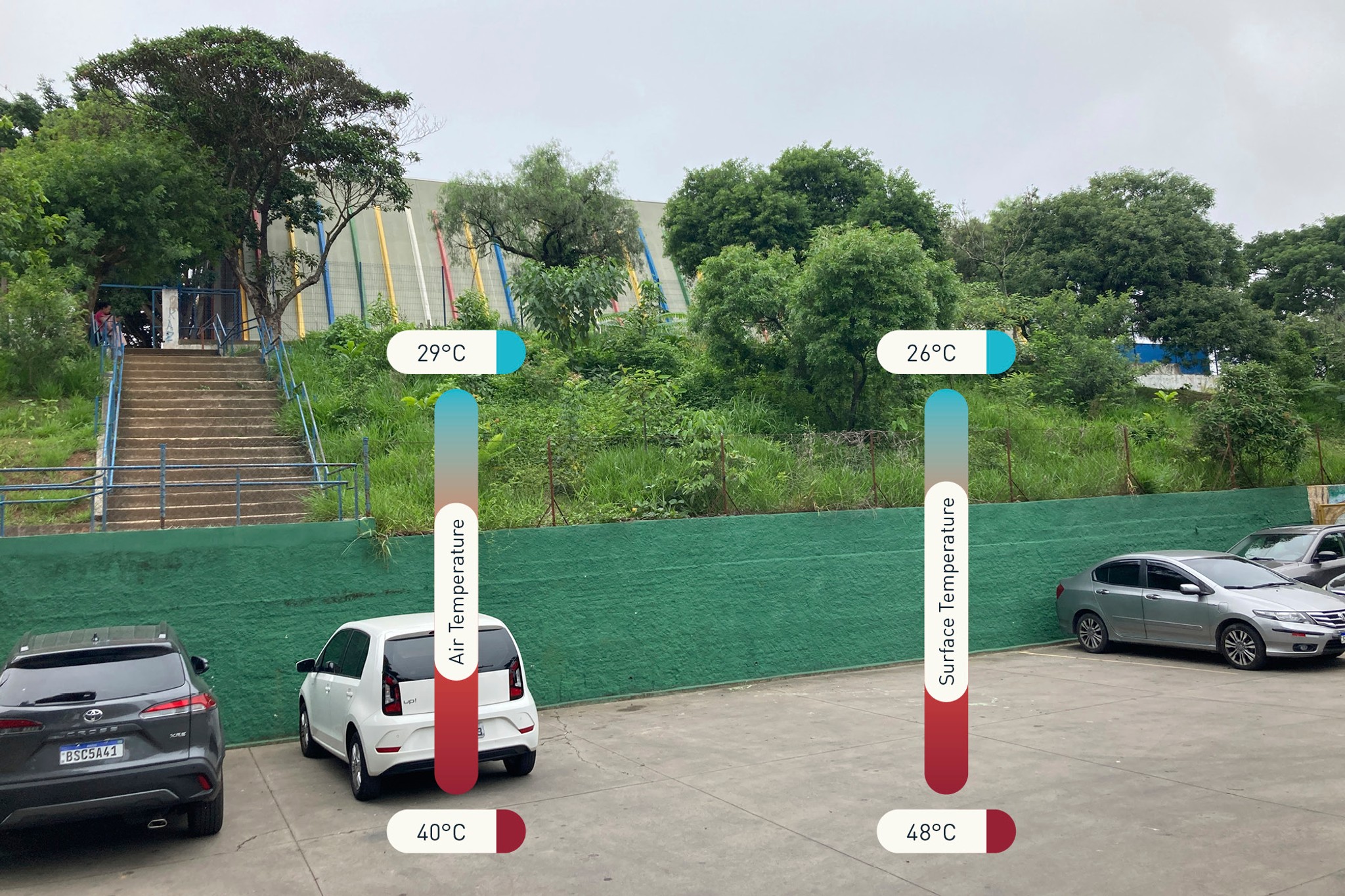
“The creation of this native forest in our schoolyard will raise the awareness of the need to preserve and regenerate nature…and increase the wellbeing of our entire community.”
Mr. Eliseu Pereira Neves, President, Administrative Council of CEU Capão Redondo
Forest Report: 2024
0 Years
Forest Age
0%
Survival Rate
0m
Average of Tallest 3 Trees
The pocket forest is now at a stage of development with a vast tree canopy, generally above 200 cm, providing shading on the ground. Notable species include Jangada Brava (Heliocarpus popayanensis), Jacaranda Bico de Pato (Machaerium nyctitans), Pau Pólvora (Trema micrantha), Couvetinga (Solanum erianthum), Embaúba Branca (Cecropia pachystachya), Guapuruvu (Schizolobium parahyba), and Figueira Branca (Ficus guaranica). Below the high canopy, several species are growing vigorously, with Araucaria (Araucaria angustifolia) standing out. Overall, the trees are lush, and there are blooming plants.
Biodiversity Notes:
Forest Report: 2023
0 Months
Forest Age
0%
Survival Rate
0m
Average of 3 Tallest Trees
The forest is growing beautifully and the surrounding public schools are increasingly using the area as an open air classroom. Some visitors are planting and taking care of the forest. I found some fruit trees planted with signs with their names. The soil is improving fast, and more birds are coming to the forest which is a great sign that the forest is thriving. People enjoy coming here, to sit with Nature, during their work break too.
Biodiversity Notes:
Planting: October 2022

Brazil’s Atlantic Forests
Capão Redondo means “Round Woodland”
A reference to the ancient native Atlantic Forest that once predominated the area. The Atlantic Forest (Mata Atlântica in Portuguese) is the tropical rainforest that once covered Brazil’s coastline. Now, approximately 90% has been lost. The remaining pockets of Atlantic Forest are critical biodiversity hotspots, home to over 20,000 species of plants, many of which are now under threat of extinction.
